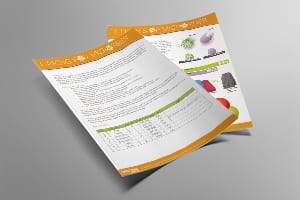Can we talk about how to care for microfiber properly?
It is different than caring for cotton cloths. In fact, when laundered properly, microfiber cloths will last for 500 loads!
Hint:You must treat microfiber differently than cotton textiles.

Can we talk about how to care for microfiber properly?
It is different than caring for cotton cloths. In fact, when laundered properly, microfiber cloths will last for 500 loads!
Hint:You must treat microfiber differently than cotton textiles.
Microfiber yarn consists of a blend of polyester and polyamide. The result is a petroleum-based yarn that is naturally resistant to bacteria.
Cotton has an organic tendency to harbor bacteria; therefore, harsh chemicals and hot temperatures are required for proper sterilization.
One should never wash cotton and microfiber together as the two fabrics respond differently to heat and high-lint cotton fibers can get stuck in microfiber yarn, diminishing its effectiveness.
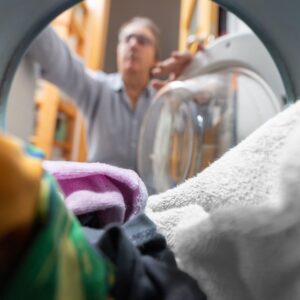
Microfiber has other differences from cotton. Most notable is the spliced yarn construction, which creates a “magnetic” positive charge. Microfiber yarn is spliced to create tiny grime-attracting “hooks” that are invisible to the naked eye. Once spliced, the tiny microfibers pick up a positive charge that attracts negatively charged dust and dirt.
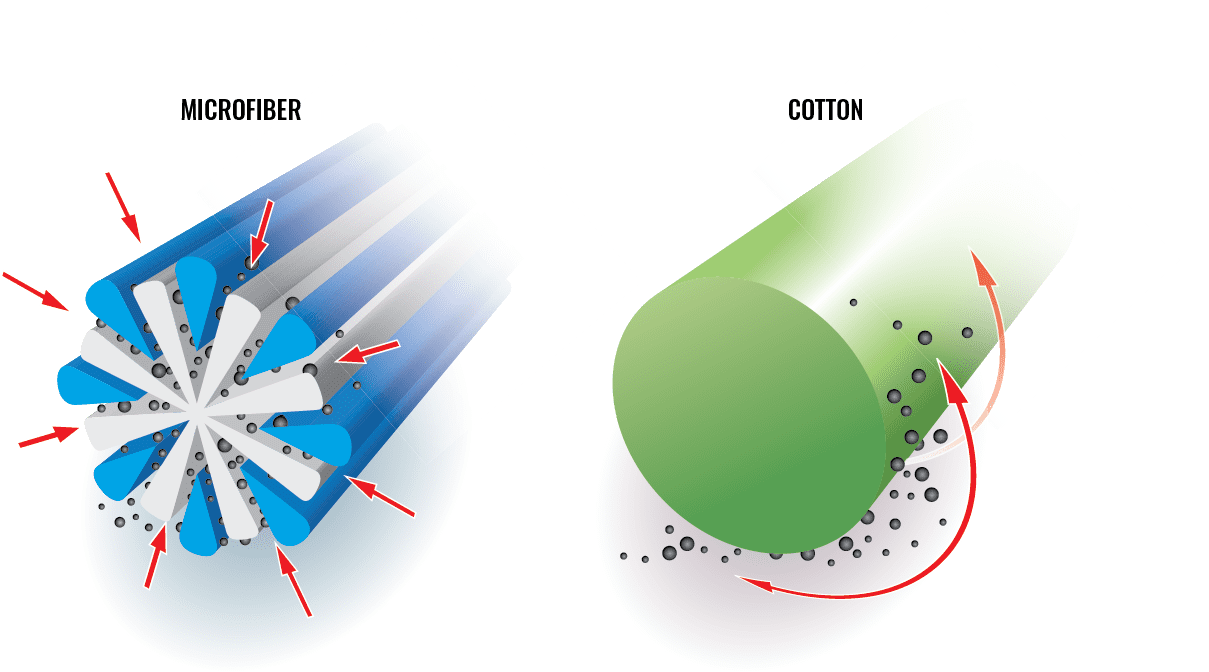
Microfiber’s polyamide component is a pliable synthetic substance that ensures that the yarn is strong and durable but it is susceptible to melting if exposed to excessive heat. The tiny “hooks” in microfiber yarn stay rigid thanks to the polyamide. If they contact the wall of an overly-hot dryer drum they can soften and be damaged and rendered useless.
Program your commercial washing machine with the following cycle for optimum results. Use more solvent for heavily soiled towels but never use heavy alkaline solutions, bleach, or fabric softener.
If machine-drying is necessary, set the temperature to a maximum of 140°F and remove immediately following the dry cycle.
Air drying is the preferred method for microfiber cloths and will increase their lifespan. If air-drying is not practical for high-volume laundering, choose a low cool setting for machine drying your microfiber.

Microfiber flat mop pads come in different grades for different tasks. Heavy-duty mop pads are deeply textured and often contain harder strips of microfiber for lifting crusted-on grime.
Flat mop pads made with finer microfiber yarn are best for quick daily wet floor cleaning in tandem with weekly heavy deep-cleaning with heavy-duty microfiber mop pads followed by polishing with soft flat mop pads.
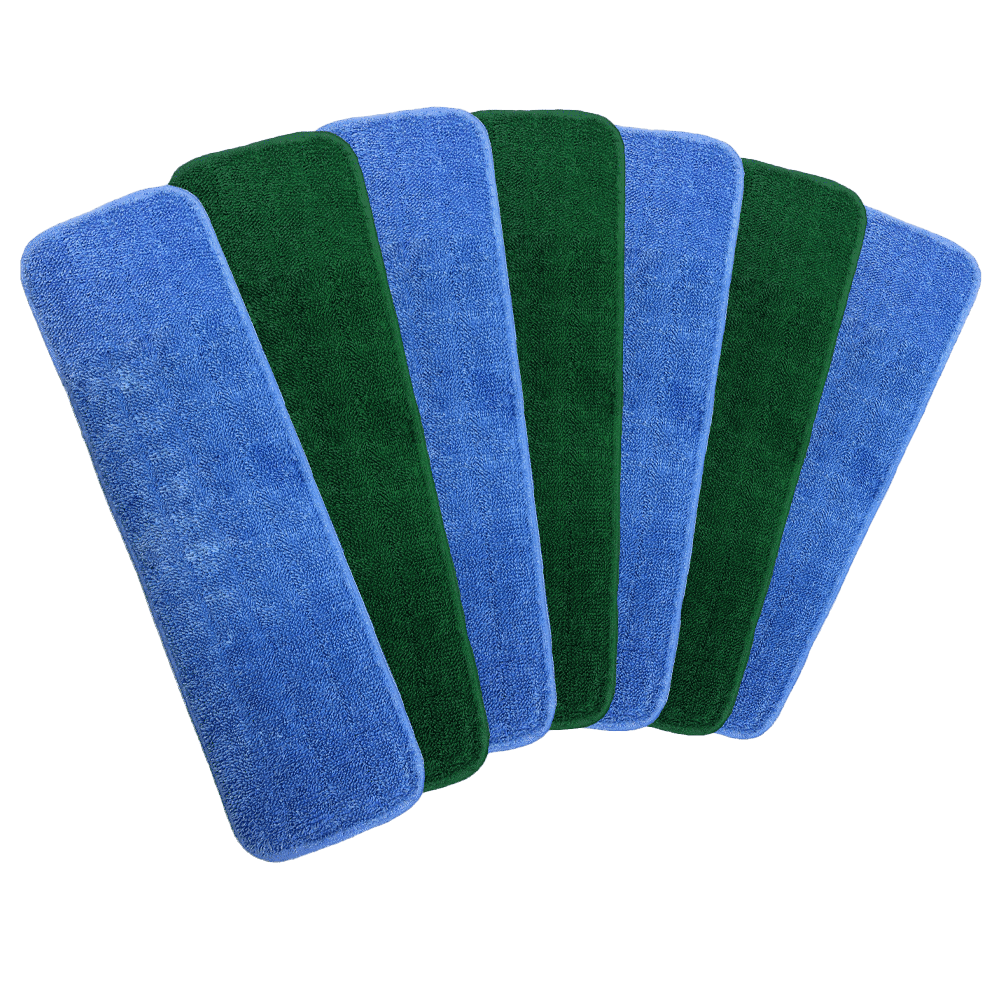
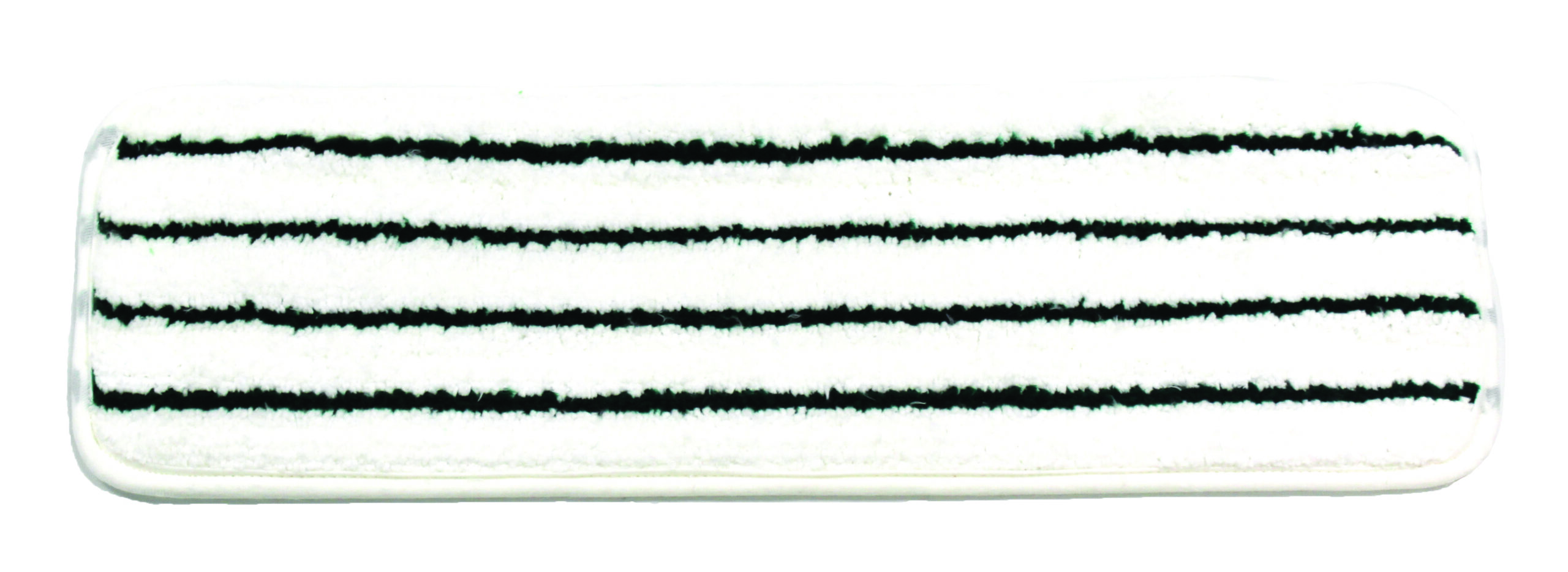
Microfiber cloths and Mop pads are available in many colors, making it easy to develop a color-coded cleaning system. By using specific colors for specific spaces, sorting and laundering like colors (and filth levels) is simple. Learn more about color-coded cleaning systems.
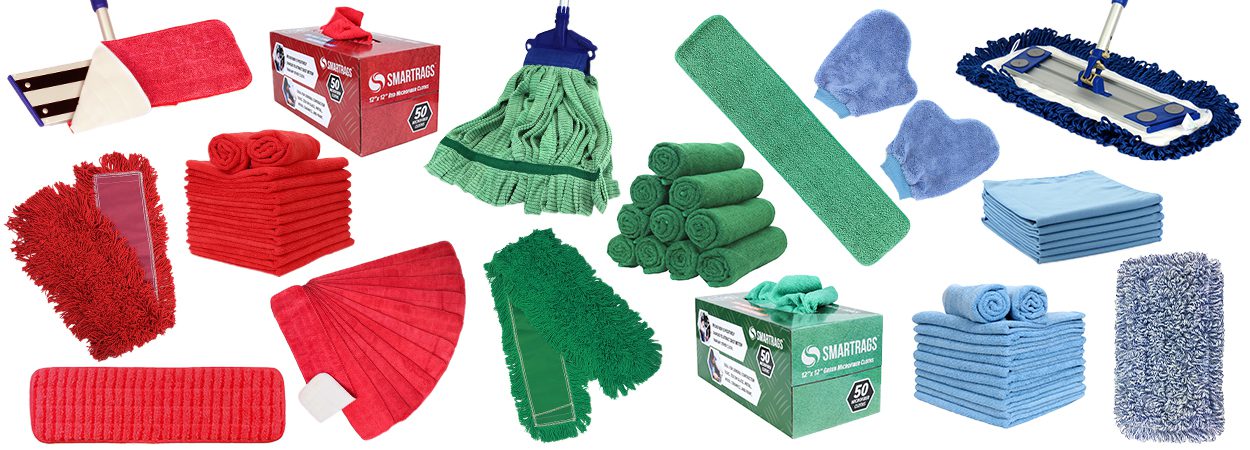
Microfiber is hearty but also delicate at the same time. Microfiber, made from refined plastic, will never disintegrate. However, improper washing and drying can change its form as illustrated earlier, and decrease this innovative textile’s efficiency and working lifespan.
Improperly caring for your microfiber products may not change their visible appearance. Still, you will notice a distinct lack of ‘grabbing’ in hand-feel and performance, whether you are using commercial appliances or home machines. It is important to check the heat settings on all washers and dryers. Be good to your microfiber and it will be good to you!
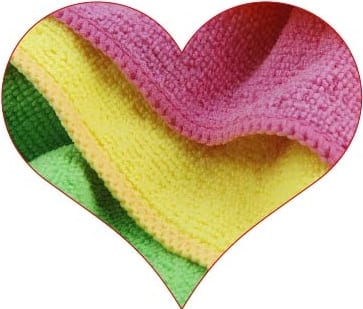
Increase your ROI by following our microfiber care guide.
